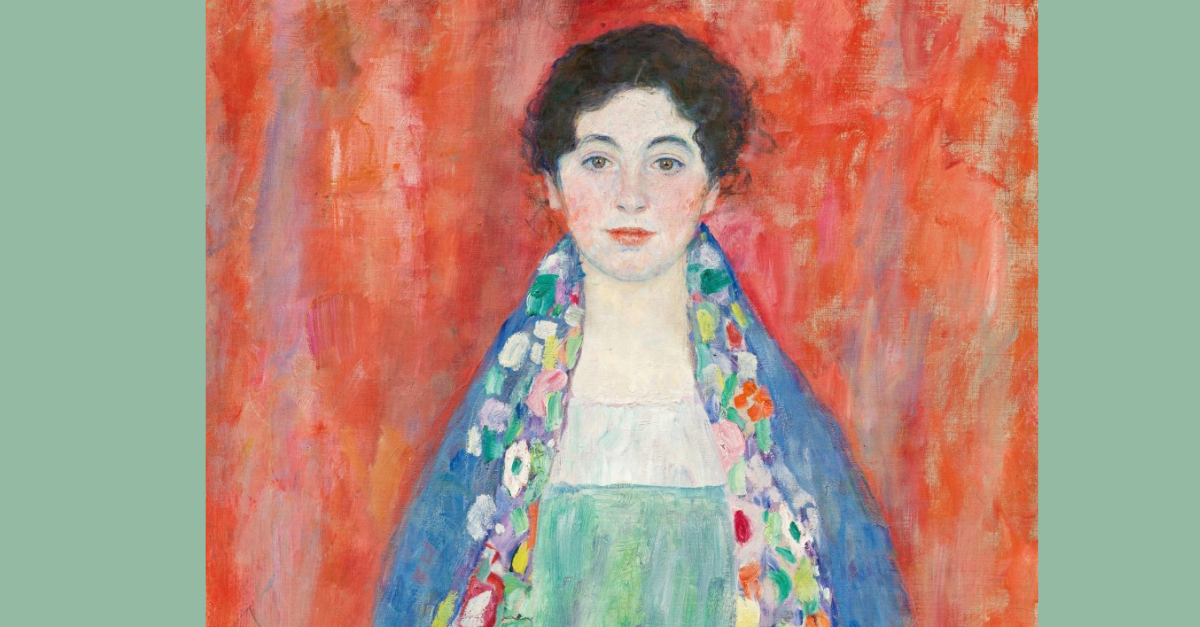If you’ve been following the high-profile sale of Klimt’s Portrait of Fräulein Lieser, here’s the update: the $37 million deal has fallen through.
Previously known only from a 1925 black-and-white photograph, the painting was revealed to the public and announced for future sale in early 2024. It was subsequently sold at auction in Vienna for a record price in April 2025. However, unresolved restitution claims tied to its Nazi-era provenance have caused the buyer to withdraw. The painting’s ownership between its 1925 documentation with the original owner and its 1961 appearance in the consignor’s family remains unclear.
Klimt began the portrait around 1917 but never completed it; the unfinished work was recovered from his studio after his death in 1918. Both the ownership history and the identity of the sitter in Portrait of Fräulein Lieser have been the subject of ongoing dispute. While it is clear that the painting once belonged to the Lieser family, a prominent Jewish industrialist family in pre-war Vienna, the specifics remain unclear. At the time the portrait was made, brothers Justus and Adolf Lieser both had teenage daughters, making the sitter’s identity (and by extension, rightful ownership) uncertain.
Some scholars believe the painting was commissioned by Justus Lieser’s ex-wife Henriette and may depict one of their daughters, Helene or Annie. According to this theory, the work was sold under duress after Henriette’s assets were frozen by the Nazis. It was allegedly acquired by Nazi party member Adolf Hagenauer, whose father-in-law had worked for Henriette as a butler; Hagenauer later passed the painting to his daughter, who died in 2022. Alternatively, other scholars argue the sitter was Margarethe, daughter of Adolf Lieser. Her son reportedly tried to locate the work before his death in 2021.
In an effort to address the uncertain provenance and disputed identity of the sitter, the consignors negotiated a private restitution agreement with the legal heirs of both Henriette and Adolf Lieser, entitling them to half the sale proceeds. But after the sale transpired, two previously unidentified heirs (descendants of Margarethe’s brother Hans) came forward to lay claim. The anonymous buyer sought indemnification agreements with all known heirs, most of whom complied, but one of Hans’s heirs ultimately refused, causing the sale to fall through.
This situation highlights the persistent complexities surrounding art with contested provenance, especially when linked to the Nazi era. Even highly publicized and record-breaking sales can collapse amidst unresolved legal or historical issues, leaving the fate of a work uncertain and sometimes entangled in dispute for decades.
